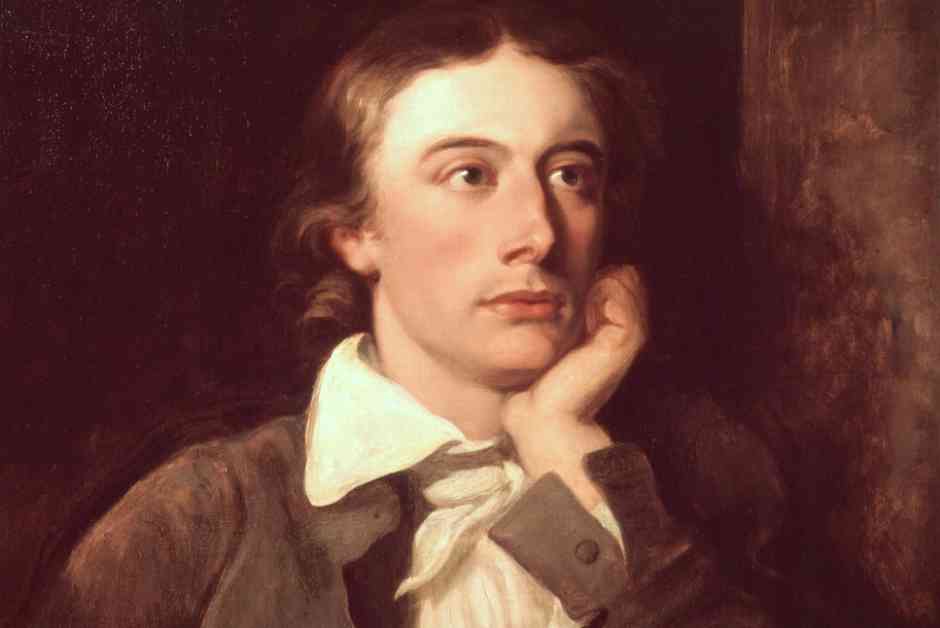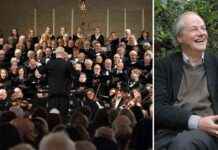At St Anthony’s School for Boys in Hampstead, English teacher Claudia recently gave a talk on the romantic poet John Keats, who lived from October 31, 1795, to February 23, 1821. The talk focused on how Keats’s time at school shaped his character, highlighting the unique blend of academic rigor and liberal values that defined the institution. Claudia even suggested that St Anthony’s School may have shared some similarities with Keats’s own educational experience.
During the assembly, students learned that Keats had dabbled in medical training, a far cry from the esteemed and well-compensated profession it is today. Back in the early 19th Century, being a doctor wasn’t all that glamorous, with barbers sometimes pulling double duty as surgeons and, shockingly, even murderers! The talk also touched on the challenges Keats faced in establishing himself as a poet, facing criticism due to his middle-class background in a literary world dominated by the aristocracy.
As the discussion delved deeper, the topic of health emerged, shedding light on Keats’s tragic fate of succumbing to tuberculosis, a rampant killer in his time. The irony that a simple vaccination could have saved him wasn’t lost on the audience. Keats’s relocation to Rome in search of a more favorable climate also proved futile, ultimately leading to his untimely demise. Despite his struggles, Keats’s poetry was shared with the students, sparking a lively debate on the contrasting ideals of romanticism and rationalism that permeated his work.
Living in a transitional period where rationalism was giving way to romanticism, Keats challenged conventional norms by emphasizing the subjective nature of beauty. One curious student even pondered how a modest poet like Keats could afford a lavish residence in fashionable Hampstead, prompting a reflection on the stark differences in affordability between then and now. Richard McMillan, the academic in residence at St Anthony’s School for Boys, provided valuable insights throughout the talk, underscoring the enduring relevance of Keats’s legacy in the literary world.
In conclusion, the assembly on John Keats served as a poignant reminder of the enduring power of poetry and the timeless struggle between reason and emotion. Keats’s life and work continue to inspire generations of readers, offering a glimpse into the complexities of the human experience. As the students reflected on Keats’s journey, they were reminded that true art knows no bounds, transcending societal expectations and leaving an indelible mark on the hearts of those who dare to explore its depths.





















